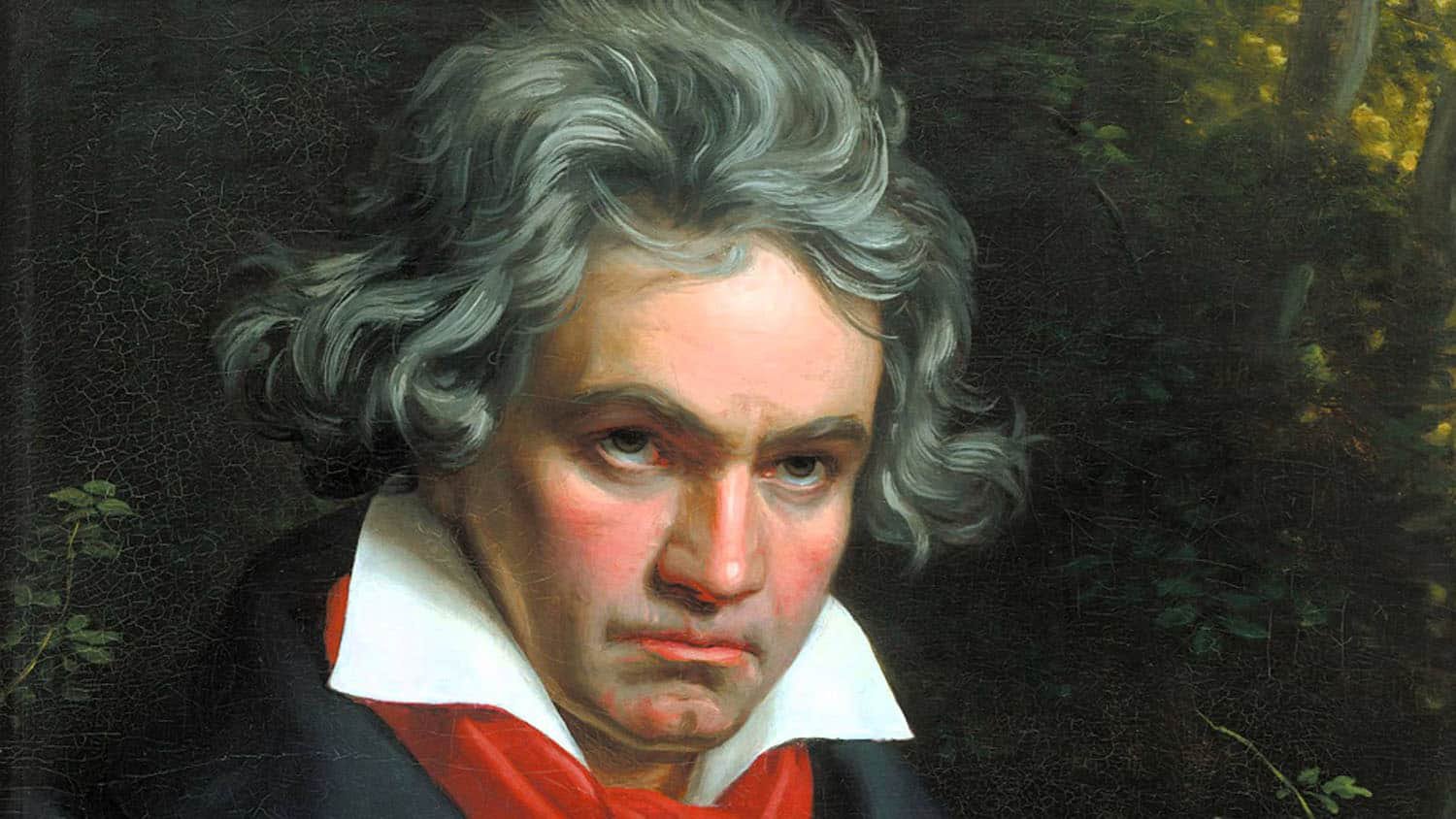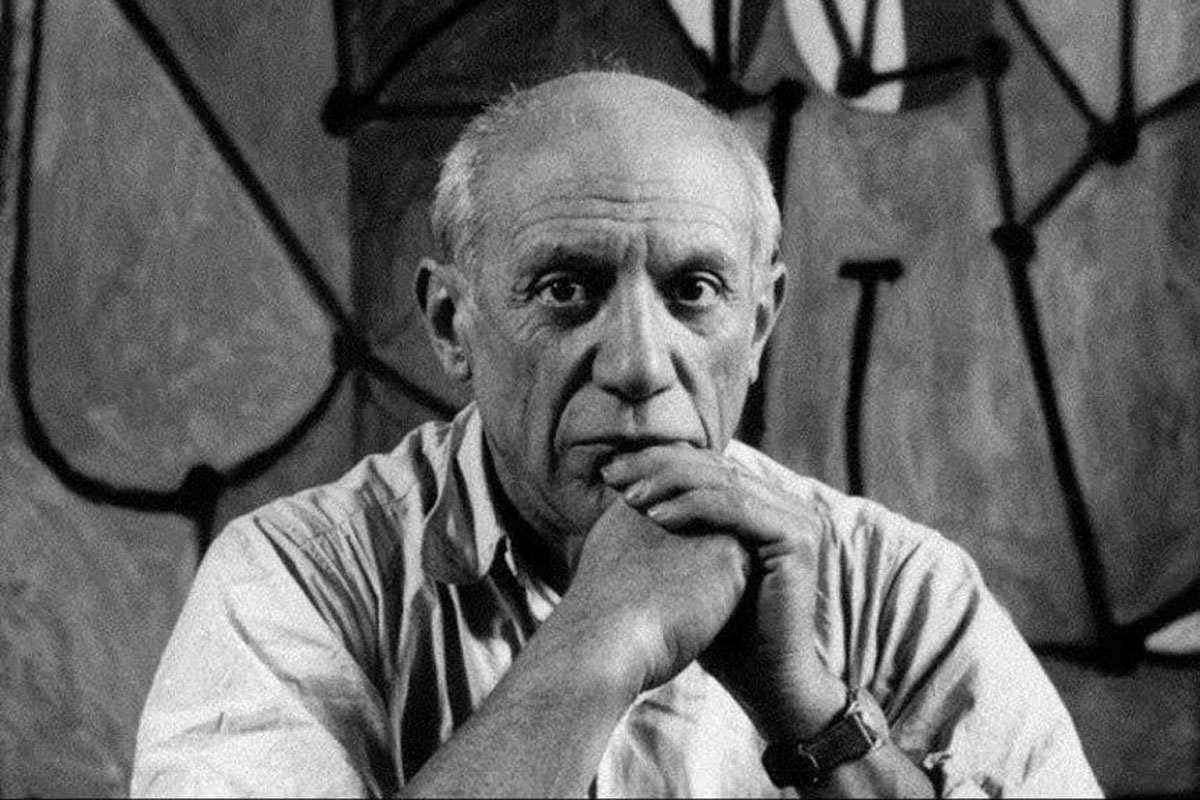This series of articles seeks to examine the character attributes of highly successful leaders, regardless of their adherence to a strong faith or moral standard. In presenting these thoughts, Leadership Ministries is not agreeing with or advocating these traits or practices, but rather presents these as ideas for discussion and development in your own leadership journey.
Saint Nicholas of Myra (270 – 373) was an early Christian bishop from the city of Myra in Asia Minor (modern day Turkey) during the time of the Roman Empire. Little is known about his years of ministry, and most accounts of his life were written centuries after his death and contained some legendary elaborations. That he loved children and was tremendously generous and enjoyed giving gifts is widely accepted, and gave rise to the modern day tales of Santa Claus (“Saint Nick”).[1]
Nicholas’ parents were wealthy Christians who died when he was young. Obeying Jesus’ words to “sell what you own and give the money to the poor,” Nicholas used his whole inheritance to assist the needy, the sick, and the suffering. He dedicated his life to serving God and was made Bishop of Myra. The Roman Emperor during his time, Diocletian, persecuted Christians and filled the prisons with bishops, priests and deacons. Nicholas himself was exiled and imprisoned. A number of stories attributed to St. Nicholas’ life have become a part of not only his legacy but have found their way into our modern Christmas traditions. The two words that have become most associated over the centuries with Saint Nicholas are children and compassion.
The stockings were hung... One early story of Saint Nicholas involves a poor man with three daughters. He had no money for dowries, sums of money expected by prospective husbands. Thus, the daughters would likely not marry and be destined for slavery. Mysteriously on three occasions, bags of gold were thrown through open windows in the poor man’s home and landed in stockings left to dry by the fire. It is thought that they money was provided by Nicholas. The daughters now had their dowries and the this led to the custom of children hanging stockings by the fire, eagerly awaiting gifts from Saint Nicholas.[2]
A patron of children. Many stories tell of Nicholas saving people from starvation, sparing the lives of innocent men accused of crimes and more. Nicholas was known to do many kind deeds in secret, expecting nothing in return. Nicholas was venerated as a saint within a century of his death, and the patron of mariners, bankers, pawn-brokers, scholars, orphans, laborers, travelers, merchants, judges, paupers, marriageable maidens, students, sailors, victims of judicial mistakes, captives, perfumer—but especially children. As his legend grew, chapels were built in many towns and seaports, in countries including Greece, Italy, France, Germany, Austria, Switzerland, Italy, Russia, Belgium, and the Netherlands. Saint Nicholas’ Feast Day was celebrated each year on December 6. Thus, the idea of a generous man traveling the world to give gifts to children during the winter season was born. December 6 is still a day of giving and celebration in much of Europe.
Saint Nicolas’ final resting place is the Basilica di San Nicola in Bari, Italy. Photo: Public domain
But what about Santa? Saint Nicholas is clearly not the Santa Claus of today. His story became comingled with Christmas in an 1821 book called the Children’s Friend, which was a tale of Sante Claus arriving form the north in a sleigh with flying reindeer. This shift away from the saintly bishop continued with another story published in 1823, a poem entitled “A Visit from St. Nicholas”, now better known as “The Night Before Christmas”. Both stories were fables which used Stain Nicholas’ name. Nicholas’ character as a lover of children and generous giver to all, though, stuck. His appearance was moved from December 6 to Christmas Eve, and the rest is history.
An example of compassion. So widely revered was Saint Nicholas that thousands of churches were named for him, including three hundred in Belgium, thirty-four in Rome, twenty-three in the Netherlands and more than four hundred in England. He died at age 73 and was buried in Myra, which became a popular place of Christian pilgrimage. Fearing his tomb would be pillaged in wartime, sailors spirited away Nicholas’ bones and brought them to Italy in 1087, where a church was built over his crypt. Many faithful have journeyed there throughout he centuries to pay homage to a man who is remembered today as among the most compassionate people to have ever lived. You can still find the original Saint Nicholas in Bari’s beautiful Basilica di San Nicola.
































Michael Jordan is a former professional basketball player and businessman. He played 15 seasons in the NBA and won six NBA championships with the Chicago Bulls.